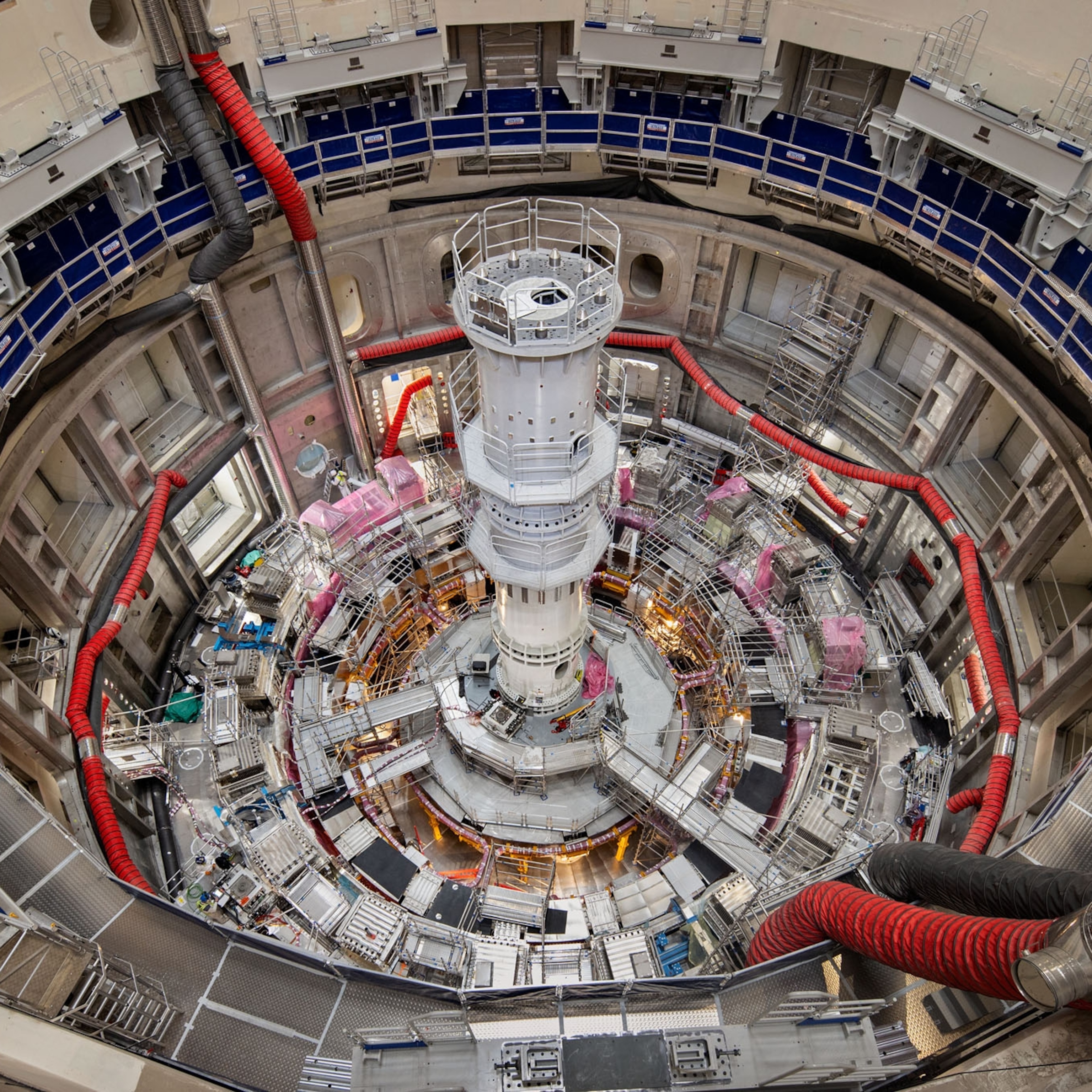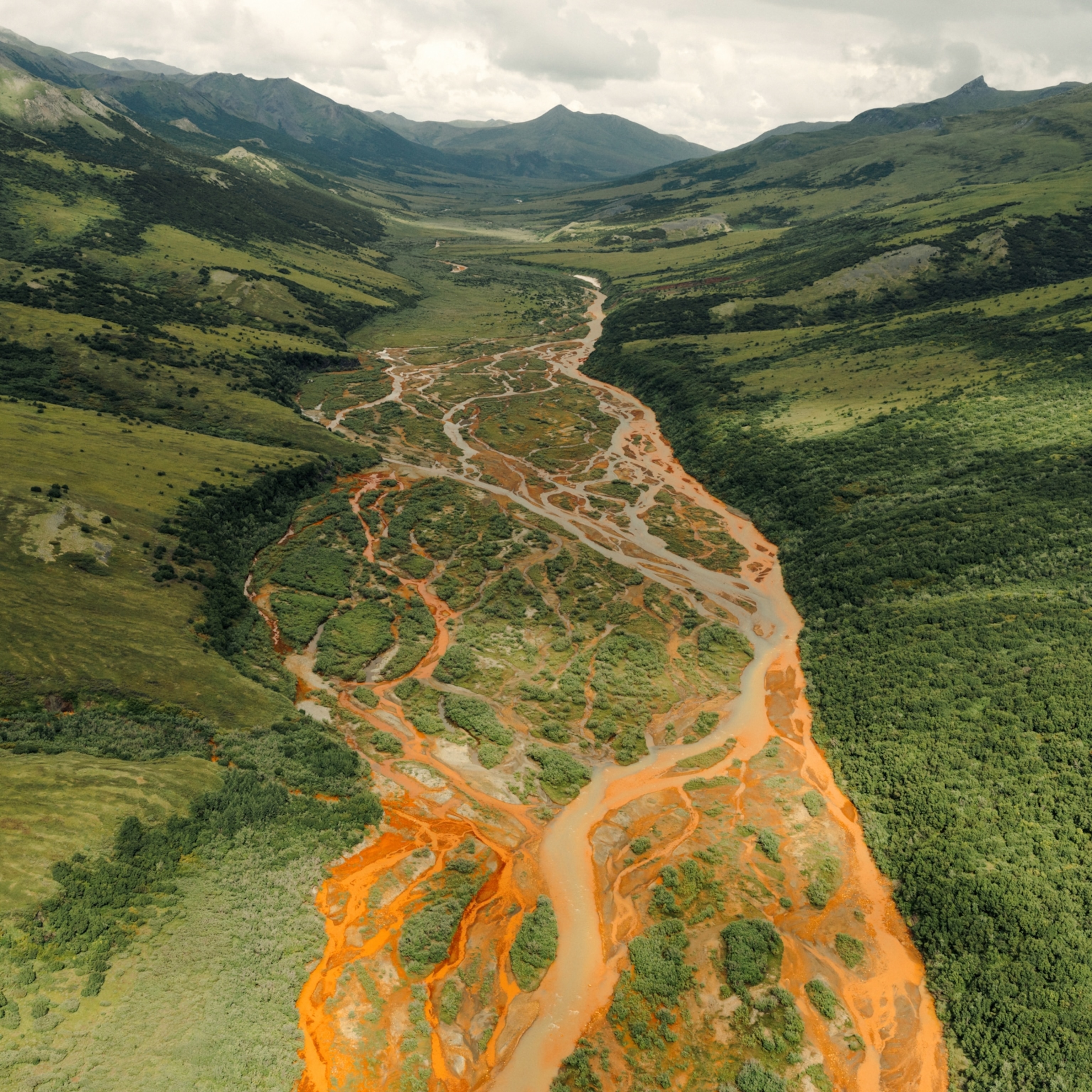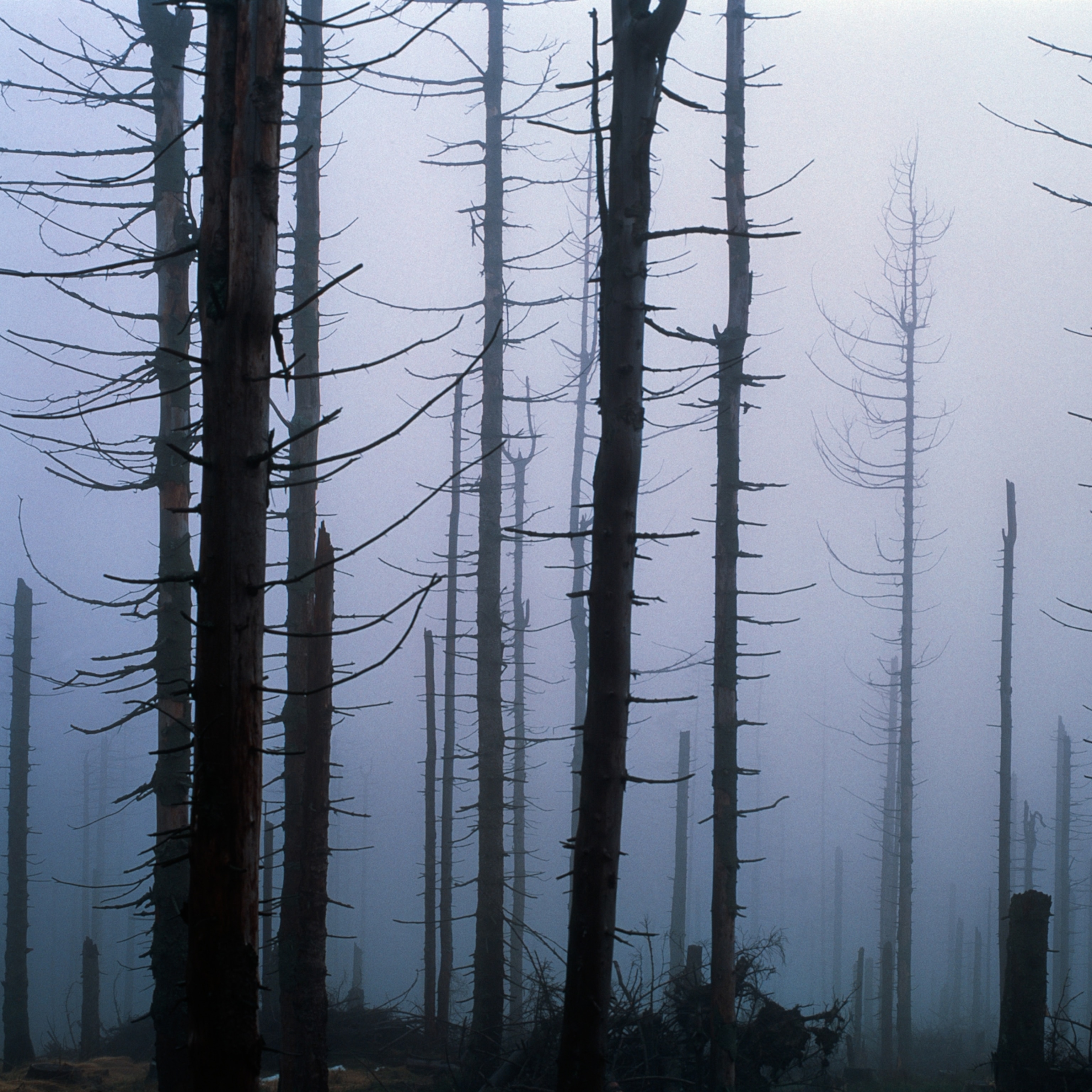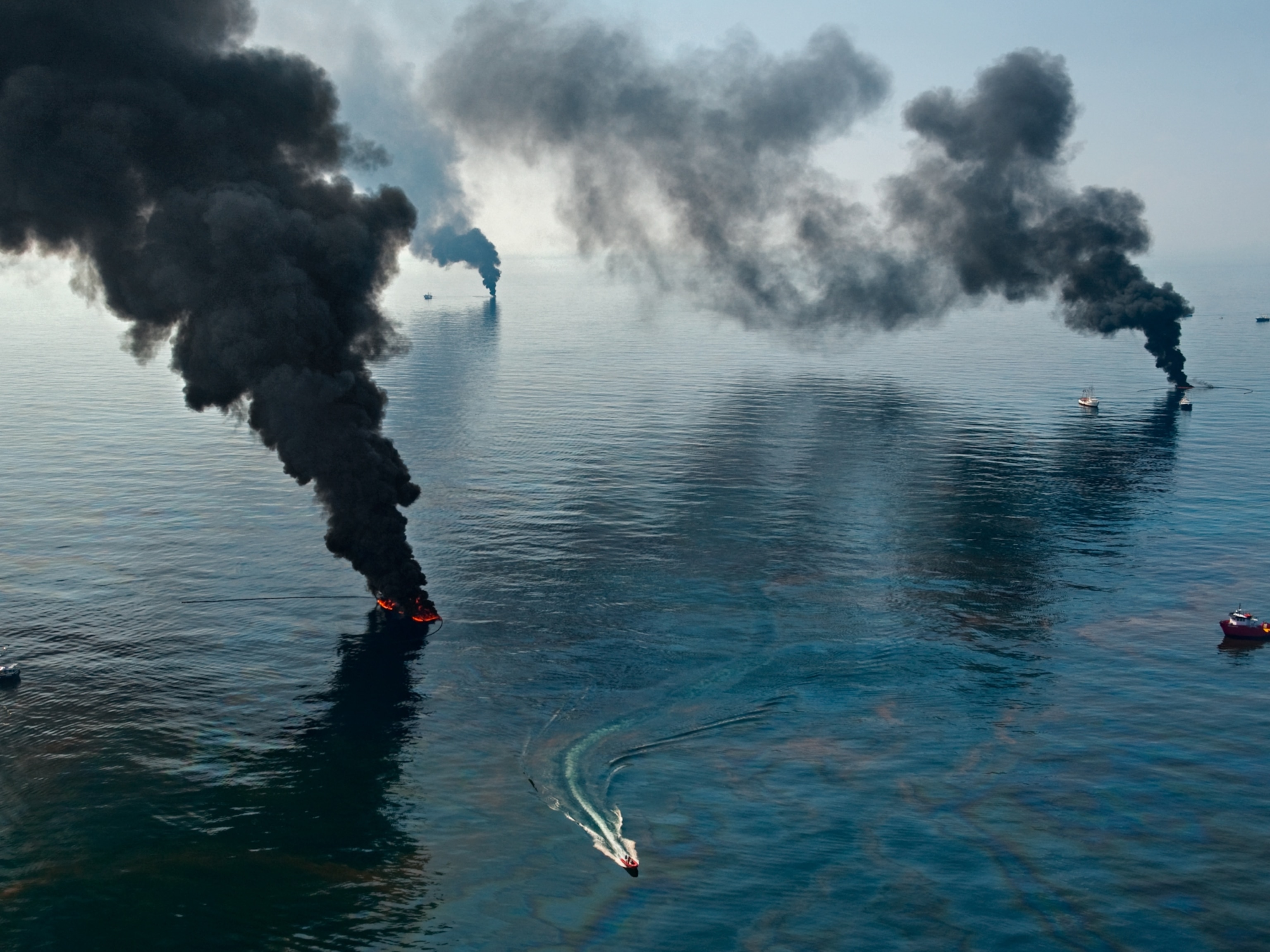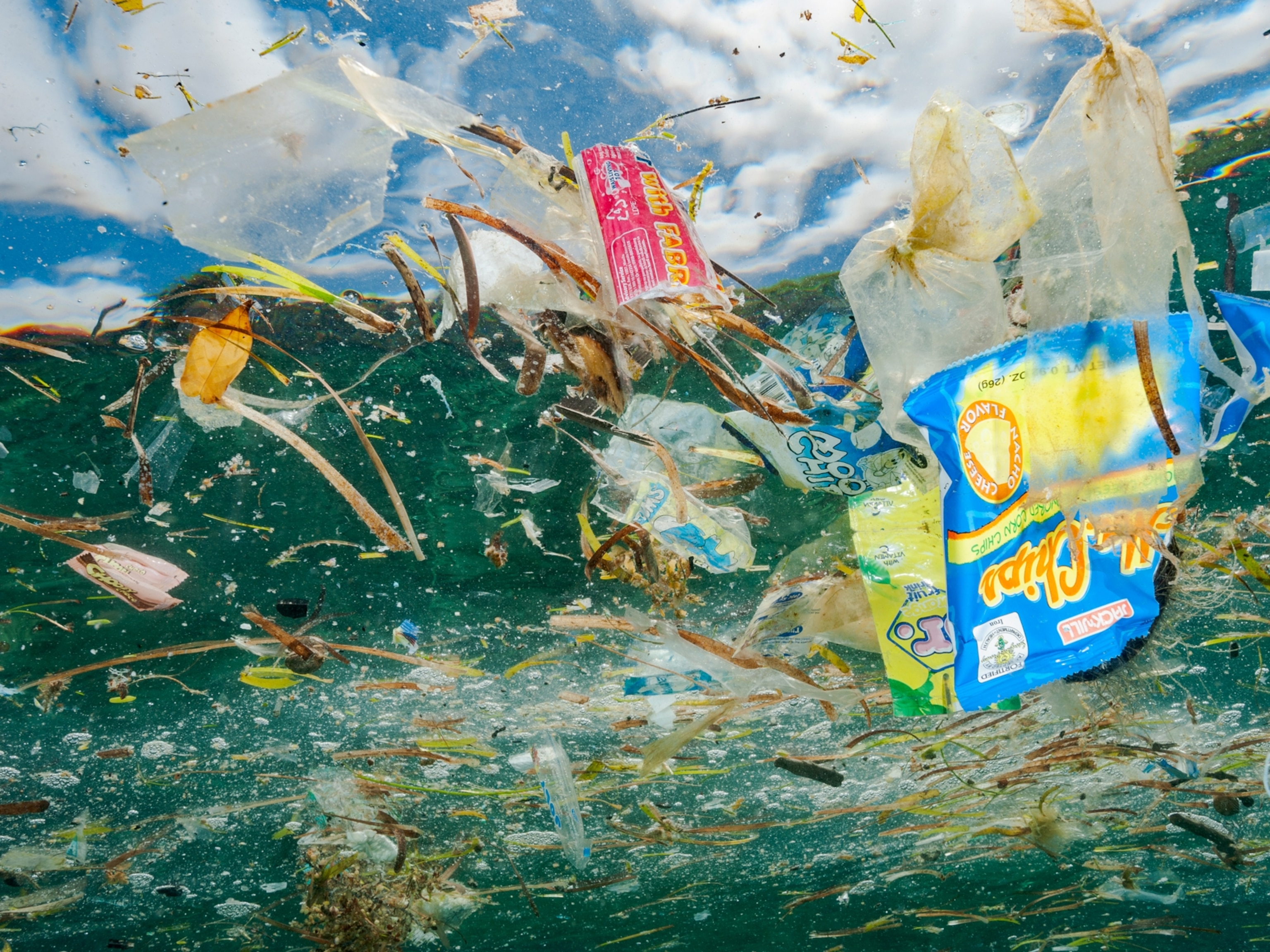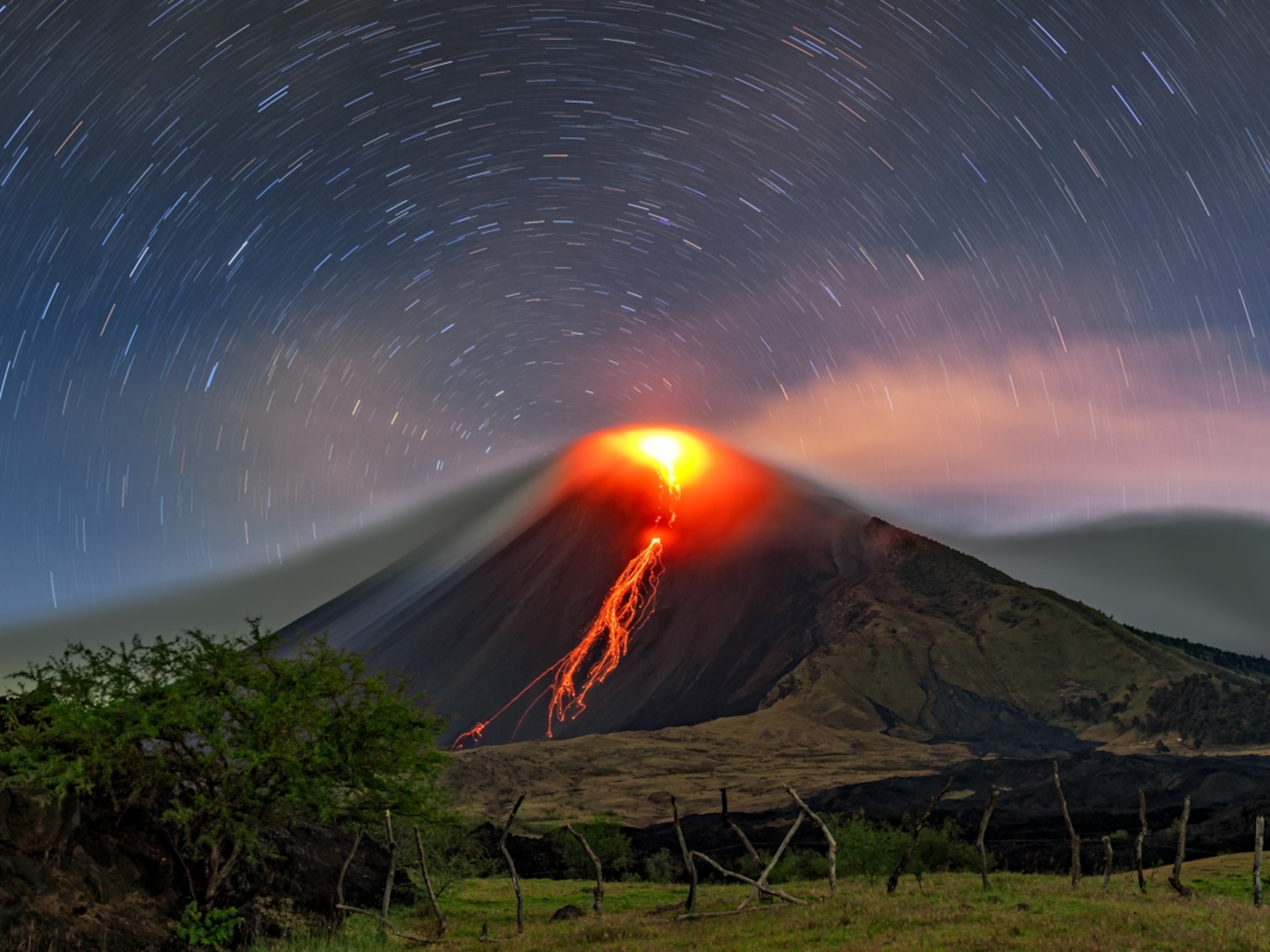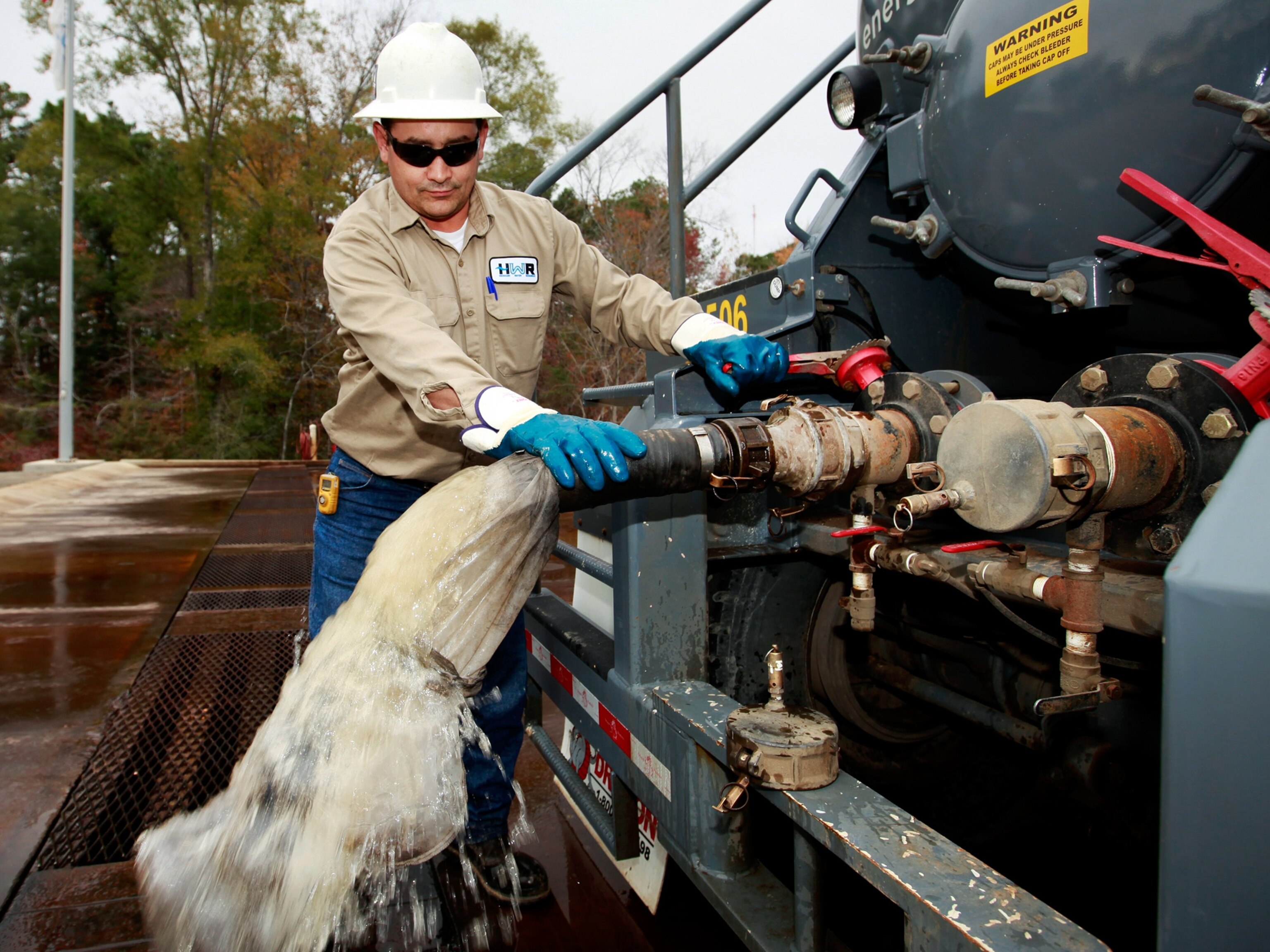
Methane on Tap: Study Links Pollution to Gas Drilling
Natural gas can migrate into drinking water as far as one kilometer from a drilling site, researchers find.
This story is part of a special series that explores energy issues. For more, visit The Great Energy Challenge.
A team of researchers has produced the first systematic evidence that methane has escaped into drinking water in areas where shale gas drilling is under way, finding explosive concentrations at distances far greater than were previously thought possible.
The Duke University scientists sampled 60 private water wells from homes across northeastern Pennsylvania, where rich underground deposits of natural gas are being extracted from shale rock through a process called hydraulic fracturing, or "fracking."
(Interactive: "Breaking Fuel From Rock")
In a paper published Monday in the Proceedings of the National Academy of Science, the team reported that in active gas drilling areas, the concentration of methane increased with proximity to wells.
And as far away as 3,200 feet (1 kilometer) of an active drilling site, they found water that contained enough methane that it could, in some cases, be lit on fire.
The methane concentrations found in well water near active drilling sites were, on average, 17 times higher than the levels found in wells farther away.
The study's findings indicate cause for concern within a much larger radius than previously imagined around drill sites. Pennsylvania state regulations, for example, presume the driller is at fault if contaminated water is found within 1,000 feet (305 meters) of a well within six months after that well's completion. But the new research uncovered methane in wells at three times that distance.
(Related: "Natural Gas Stirs Hope and Fear in Pennsylvania")
"Greater stewardship, knowledge, and—possibly—regulation are needed to ensure the sustainable future of shale-gas extraction," the authors concluded.
Controversial Energy Boom
The study adds to the controversy that has swirled around "fracking," a process where water is pumped into rock deep underground until the pressure causes the rocks to crack, releasing the natural gas.
(Related: "Forcing Gas Out of Rock With Water")
The technology's success over the past six years has opened up vast new stores of natural gas in the United States and Canada. Shale gas is on track to reach 45 percent of U.S. gas production by 2035, and a U.S. government assessment showed similar shale resources are available in 32 countries around the world.
But the boom has been sullied by environmental controversy, including complaints by residents that methane, the major constituent of natural gas, had polluted their drinking water. In some instances, homeowners literally were able to set the water from the tap on fire—as memorably captured in the Oscar-nominated documentary film Gasland.
(Related: "A Dream Dashed by the Rush on Gas")
In some of these cases gas companies have argued, and state investigators have agreed, that the gas was naturally occurring and had been in the water all along. In other cases, such as Dimock, Pennsylvania and Pavilon, Wyoming, investigators have indeed traced the gas contamination to the drilling activity. The differing findings have caused confusion and acrimony in communities where drilling is under way.
In the Duke study, the researchers found methane in the majority of water wells they sampled, regardless of proximity to drilling operations. But concentrations were substantially higher close to the wells.
Some in the natural gas industry have agreed that greater attention should be paid to the issue. "Gas migration has been an issue that the industry has had to deal with for quite some time," says Mark Boling, executive vice president of Houston-based Southwestern Energy. He attributes the problem to poorly constructed wells.
Rob Jackson, an environmental scientist at Duke University, says he and his fellow researchers agree that this is one likely pathway. A hole can develop in a well's casing or "cement channeling" can occur when gas creates pathways through still-hardening cement that methane can later tunnel through. These well casing flaws can allow gas to travel from deep underground and escape into shallow aquifers that are tapped for drinking water.
"If it is in fact coming from casings, then either stronger procedures or more careful applications of procedures the gas companies already have may be all it takes to fix this problem," Jackson said.
Another Gas Pathway
A second possibility, that the fracking process itself enlarges or generates cracks above the gas reservoir, which then allows the methane to escape upward through the rock layers, was called "less likely but possible" by the researchers.
Boling, the energy executive, said that was unlikely. "The cracks are so small you have to prop them up with grains of sand," he said. "The amount of energy released when a fracture is created is the same as if you took a gallon of milk from chest height and dropped it on the floor. So to propagate a fracture from that deep" is unlikely, he said.
However, no state requires gas companies to perform a stratigraphic analysis: a study of the quality of the rock between the gas deposits and groundwater. Boling says that's essential, because a network of pre-existing faults and abandoned wells could, in theory, allow gas to leak upward. The state regulators, according to Boling, should in effect tell the gas drillers: "Ok, we know where the water is and we know you're going to fracture at 4,000 feet. I want you to tell me what's between those."
Southwest Energy and the Environmental Defense Fund have been working with 14 other energy companies and a number of environmental groups to create draft regulations that would require stronger well construction standards and stratigraphic analysis.
(Related: "New Brunswick Seeks Natural Gas, and a Safer Way")
The model rules could come under consideration as states where shale drilling is under way have been reviewing their oversight of the industry. Meanwhile, the U.S. Environmental Protection Agency continues to study the potential impacts of hydraulic fracturing on drinking water and ground water, with an eye to whether federal regulation is needed.
One bit of good news for the natural gas industry in the Duke study: The researchers found no evidence of contamination from hydraulic fracturing fluids or the salty brine produced after drilling in any of the wells.
As for the methane, it is not a contaminant that is regulated in drinking water because it does not alter color, taste, or odor of water and is not known to affect water's potability. It does pose an asphyxiation and explosion hazard in confined spaces. In Pennsylvania between 1992 and 2008, there were at least nine documented cases involving gas migrations at operating wells, seven involving explosions, according to a compilation of incidents by the environmental group, Riverkeeper. But there are no studies showing the effects of long-term, low-level methane exposure to humans, something that surprised Jackson, he said. "We don't know what, if any, health consequences there are," he said.
What didn't surprise him was that the methane was there at all. "I don't think it's a total shock," Jackson said.
(Related blog: "Hydrofracking and Drinking Water Contamination?"

